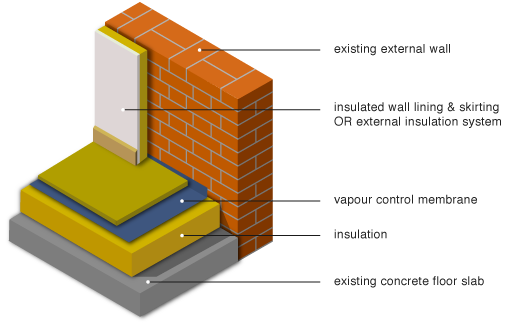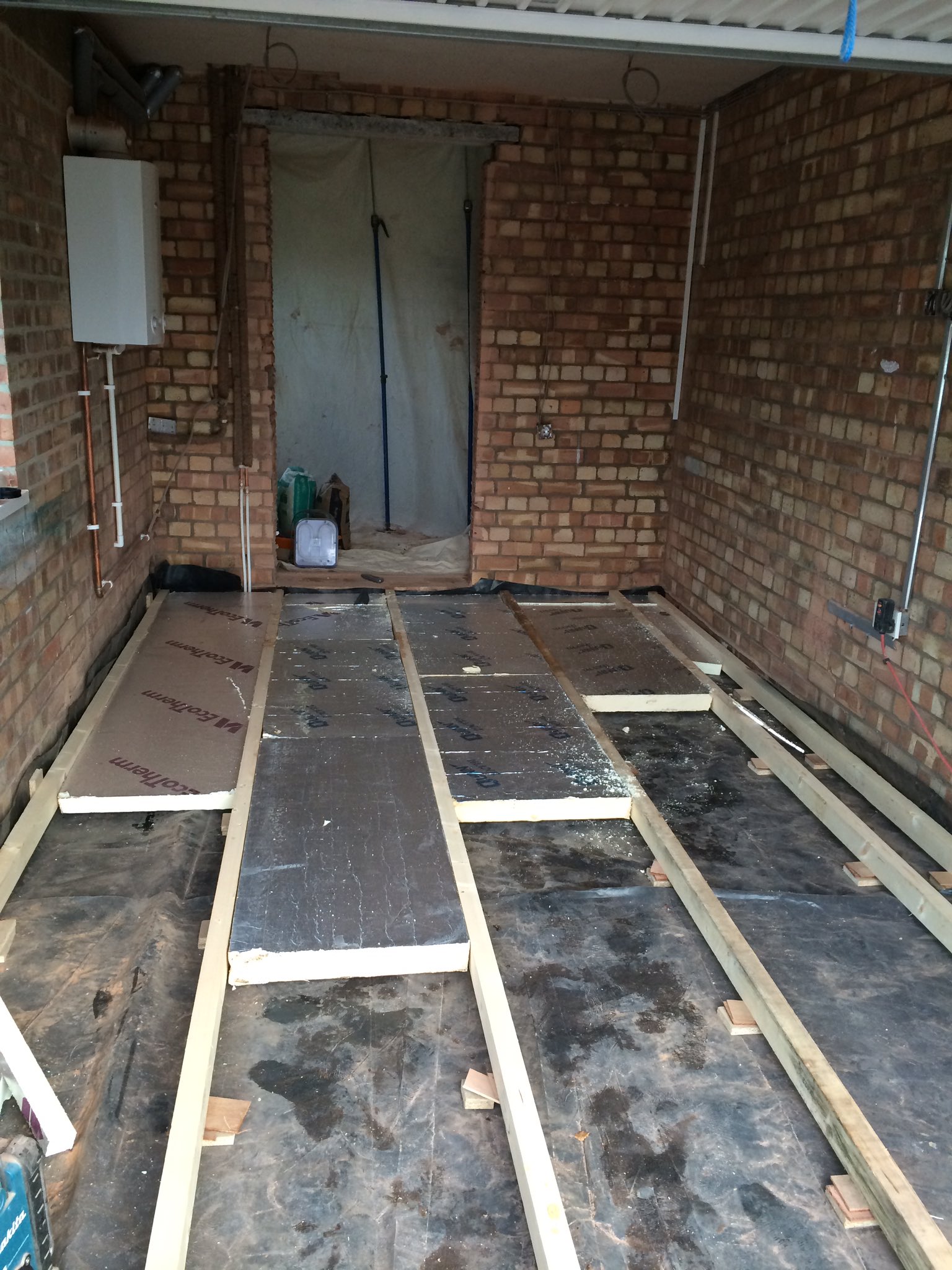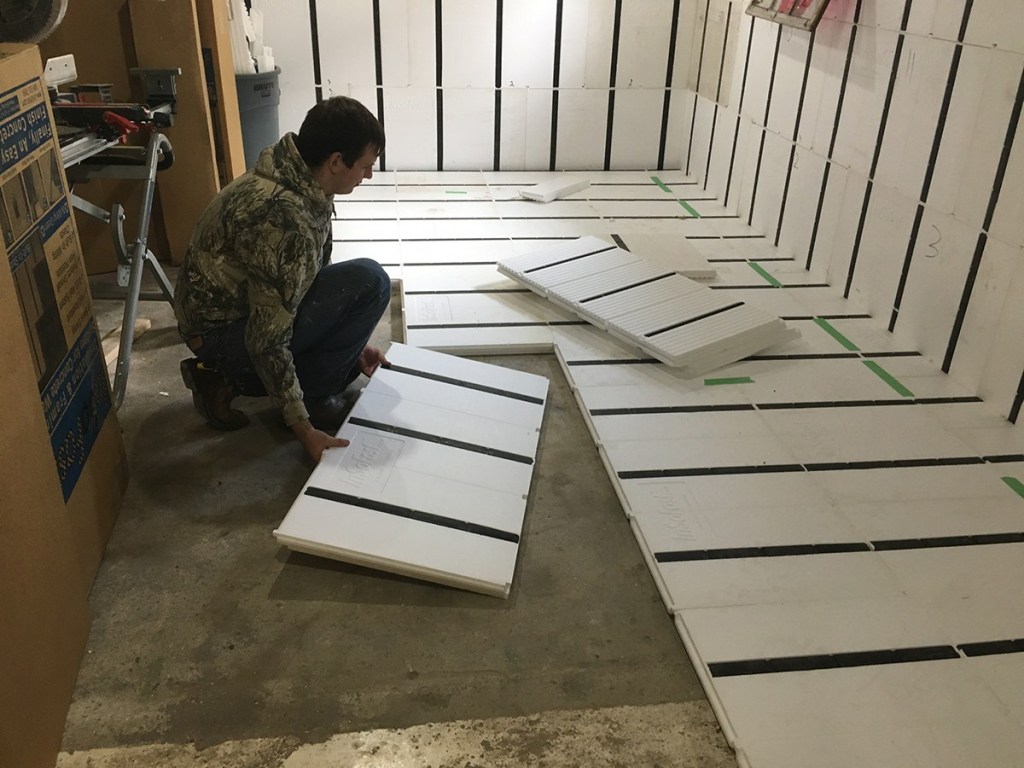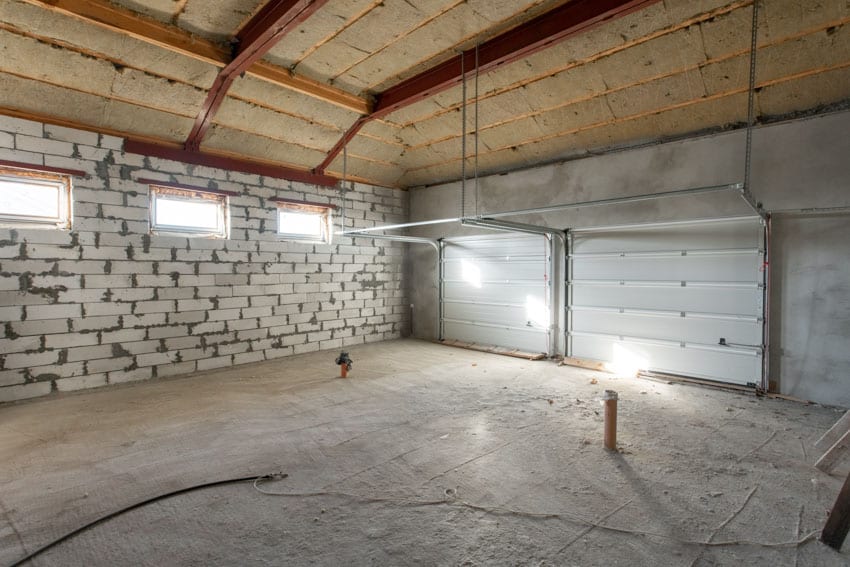Are you tired of stepping onto a cold garage floor during winter or scorching hot concrete during summer? It’s time to insulate your garage floor and create a comfortable space all year round. This comprehensive guide will delve into garage floor insulation and explore effective methods to keep your garage cozy and energy-efficient.
The Importance of Garage Floor Insulation
When it comes to home insulation, the garage floor is often overlooked. However, insulating your garage floor can significantly impact your home’s temperature and energy efficiency. By preventing heat loss during winter and heat gain in the summer, you’ll reduce energy consumption and save on utility bills.
Assessing Your Garage Floor
Before diving into the insulation process, assess your garage floor’s condition. Check for any cracks, uneven surfaces, or signs of moisture intrusion. Repairing these issues beforehand ensures a smooth insulation process and enhances the overall longevity of your garage floor.
Choosing the Right Insulation Material
When selecting an insulation material, it’s crucial to consider factors such as R-value, moisture resistance, and ease of installation. Here are some popular options to explore:
Foam Board Insulation: Highly effective and easy to install, foam board insulation provides excellent R-value and moisture resistance. It’s available in various thicknesses, making it suitable for different climates and budgets.
Spray Foam Insulation: Ideal for irregularly shaped floors and hard-to-reach areas, spray foam insulation forms a seamless barrier, reducing air leakage and maximizing energy efficiency.
Insulation Blankets: These flexible and lightweight blankets are easy to handle and can be a good option for DIY enthusiasts. However, they may require additional protection against moisture.

Preparing for Installation
Before installing the insulation, clear your garage floor of any clutter or debris. Sweep the area thoroughly and ensure it’s clean and dry. Additionally, measure and cut the insulation material precisely to fit your garage floor dimensions.
Installation Process
a. Foam Board Insulation:
- Step 1: Apply an adhesive layer on the back of the foam board.
- Step 2: Press the foam board firmly onto the garage floor, ensuring complete coverage.
- Step 3: Seal any gaps or joints with insulation tape to enhance effectiveness.
b. Spray Foam Insulation:
- Step 1: Wear protective gear, including gloves and goggles, before applying the spray foam.
- Step 2: Spray the foam evenly across the garage floor, starting from one corner and working towards the exit.
- Step 3: Allow the foam to expand and dry completely before adding additional layers.
c. Insulation Blankets:
- Step 1: Unroll the insulation blankets across the garage floor, overlapping the edges.
- Step 2: Use a utility knife to cut the insulation to fit the floor precisely.
- Step 3: Secure the blankets with adhesive or tape, ensuring a snug fit.
Adding a Vapor Barrier
To prevent moisture from seeping into your insulation and causing damage, consider adding a vapor barrier. This protective layer ensures your garage floor remains dry and maintains its insulation effectiveness over time.
Enhancing Aesthetics and Functionality
After insulating the garage floor, you might want to enhance its aesthetics and functionality. Consider adding a layer of epoxy coating or floor tiles to create a polished and durable finish. This not only improves the appearance of your garage but also makes it easier to clean and maintain.
Installing Rigid Foam Above a Concrete Slab – GreenBuildingAdvisor
How to Build a Floor – Insulation and Screed
Garage Conversion – insulation into floor joists Garage
GreenSpec: Housing Retrofit: Ground Floor Insulation
Insulating a floor – Insulation Superstore Help u0026 Advice
Insulation of garage floor for conversion to living space Garage
More Space Garage Co on Twitter: “Insulated floor being installed
A guide to floor insulation – Cosy Homes Oxfordshire
How To Insulate A Garage – Designing Idea
Related Posts:
- Garage Floor Graphics
- Modular Interlocking Garage Floor Tiles
- Garage Floor Epoxy Dry Time
- Garage Floor Coating Atlanta Ga
- Garage Floor Covering Paint
- The Best Epoxy Garage Floor Paint
- Garage Floor Coating Kit Review
- Garage Floor Drain Backed Up
- Dulux Garage Floor Paint Kit
- Vision Garage Flooring Reviews
Insulating Garage Floor Concrete
Insulating garage floor concrete is a great way to make your garage space more comfortable and efficient. Whether you’re looking to reduce noise, make the temperature more consistent, or protect the concrete from moisture, insulation is an important part of any garage renovation. In this article, we’ll take a look at the benefits of insulating garage floor concrete, the different types of insulation available, and the steps involved in installation.
Benefits of Insulating Garage Floor Concrete
Insulating your garage floor will bring a number of benefits. First of all, it will reduce noise from outside that can enter through the walls and floor. This can be especially beneficial if you have neighbors close by or you plan on using your garage as a workspace. Secondly, it will help keep the temperature in your garage more consistent. This is especially useful if you plan on spending extended periods of time in the garage during colder months. Finally, insulation will also help protect the concrete from moisture and other elements that can cause damage over time.
Types of Insulation for Garage Floor Concrete
When it comes to insulating your garage floor concrete, there are several different types of insulation available. The most common types are loose-fill fiberglass and rigid foam insulation panels. Loose-fill fiberglass has the advantage of being easier to install as it can simply be poured over the existing concrete slab. However, rigid foam insulation panels provide better coverage and are more effective at blocking sound and moisture.
Installation Process
The installation process for insulating your garage floor concrete will depend on the type of insulation you decide to use. If you’re using loose-fill fiberglass insulation, you’ll need to spread it evenly over the surface using a rake. Make sure to wear protective gear when handling this type of insulation as it can be quite irritating to skin and eyes.
For rigid foam insulation panels, you’ll need to cut them to fit around any pipes or other obstacles in the area. You can then secure them in place with adhesive or screws. Make sure to use a level to ensure that each panel is properly aligned before securing it in place.
Conclusion
Insulating your garage floor concrete is a great way to make your garage space more comfortable and efficient. It will reduce noise from outside, keep temperatures consistent, and protect the concrete from moisture and other elements that can cause damage over time. There are several different types of insulation available, so make sure to do your research before making a purchase. Once you’ve chosen the right type for your needs, follow the instructions above for proper installation.
FAQs
Q1: What are the benefits of insulating garage floor concrete?
A1: Insulating your garage floor will reduce noise from outside, keep temperatures consistent, and protect the concrete from moisture and other elements that can cause damage over time.
Q2: What are the different types of insulation available for garage floors?
A2: The most common types of insulation for garage floors are loose-fill fiberglass and rigid foam insulation panels. Loose-fill fiberglass is easier to install but rigid foam provides better coverage and is more effective at blocking sound and moisture.
Q3: What is involved in installing garage floor insulation?
A3: The installation process will depend on the type of insulation you choose. For loose-fill fiberglass, you’ll need to spread it evenly over the surface using a rake while for rigid foam panels you’ll need to cut them to fit around any pipes or other obstacles before securing them in place with adhesive or screws.









